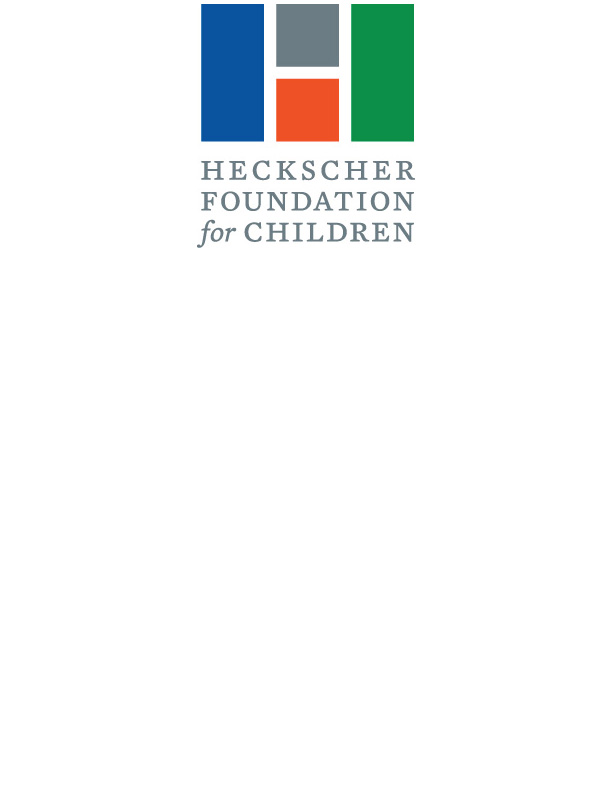What they Did and How They Did It
From Community Teams to Statewide Policy. To “develop trusting partnerships,” there was “plenty of schmoozing time over spaghetti dinners,” recalled the lead evaluator of a PAR research program to engage parents, nonprofit service providers, and teachers in interventions for children who showed signs of developmental delays.
The evaluators also had another objective: to create a research and consultation team that reflected the diversity of community. Their message was “we are here to help you show how good you are at what you do.” According to a key funder of the project, “we knew the approach was working when community people and teachers were anxious that they didn’t have data. . . . We’d never heard of people that interested in getting data.” One innovative technique devised by the evaluator team was to turn participant observations into “letters from the children” to parents and teachers, stating what the child was good at and where he or she needed help. “It unpacked the data and made it useable,” said the program officer. Data were also aggregated, and an outside team of evaluator advisors checked the rigor of the work. In the end, the grantmaker concluded, the project not only “embedded at the community level an infrastructure of capacity” but also affected policy by influencing the governor, who credited the work as he launched a statewide pre-kindergarten initiative.
Takeaways are critical, bite-sized resources either excerpted from our guides or written by Candid Learning for Funders using the guide's research data or themes post-publication. Attribution is given if the takeaway is a quotation.
This takeaway was derived from Participatory Action Research.

